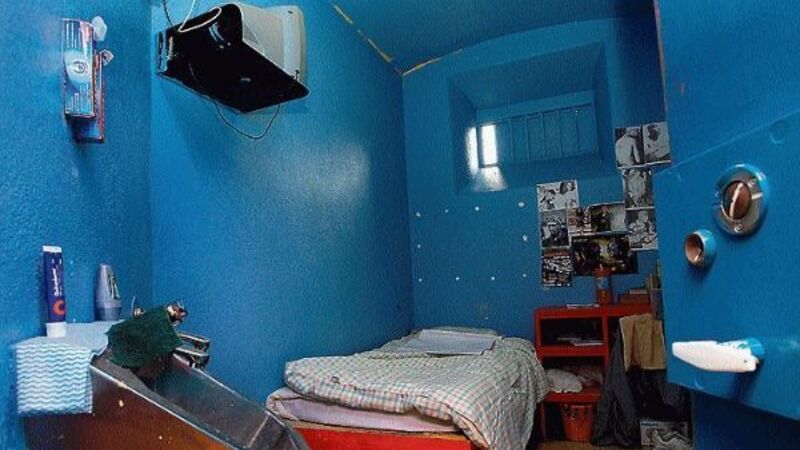Study: 25% of St Pat’s inmates at risk of psychosis

Co-author Prof Harry Kennedy, clinical director of the Central Mental Hospital, described the finding as “startling”.
He said intensive intervention and a drug- free unit in the jail were urgently needed.













